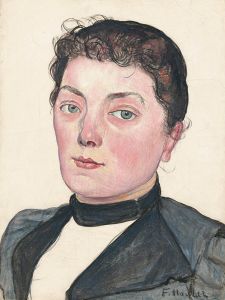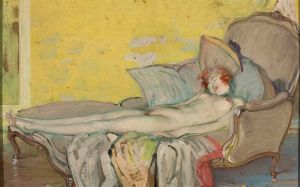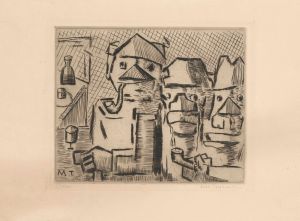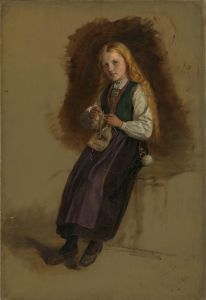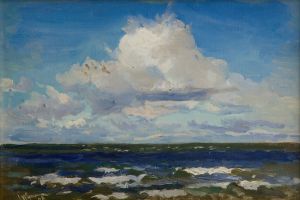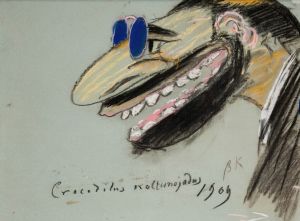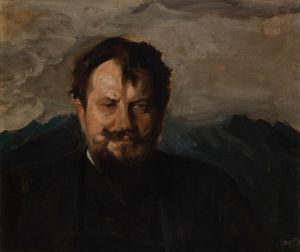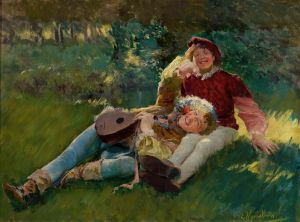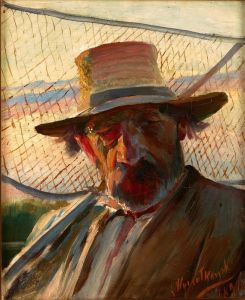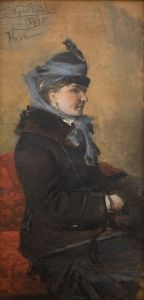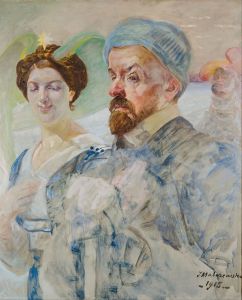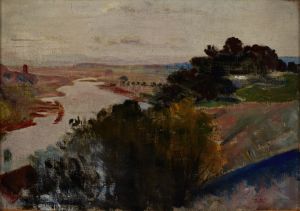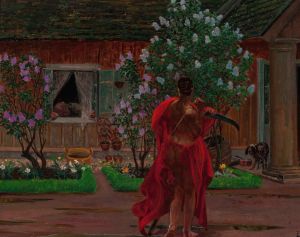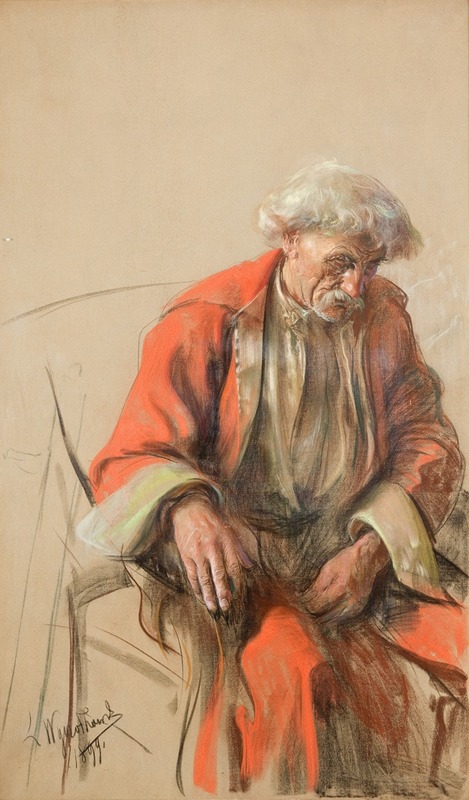
Portret Boligłowy z Krzesławic
A hand-painted replica of Leon Wyczółkowski’s masterpiece Portret Boligłowy z Krzesławic, meticulously crafted by professional artists to capture the true essence of the original. Each piece is created with museum-quality canvas and rare mineral pigments, carefully painted by experienced artists with delicate brushstrokes and rich, layered colors to perfectly recreate the texture of the original artwork. Unlike machine-printed reproductions, this hand-painted version brings the painting to life, infused with the artist’s emotions and skill in every stroke. Whether for personal collection or home decoration, it instantly elevates the artistic atmosphere of any space.
Leon Wyczółkowski's Portret Boligłowy z Krzesławic (Portrait of Boligłowa from Krzesławice) is a work by the renowned Polish painter and graphic artist Leon Wyczółkowski (1852–1936). Wyczółkowski was a leading figure in Polish art during the late 19th and early 20th centuries, known for his contributions to the Young Poland movement and his mastery of various artistic techniques, including oil painting, watercolor, and pastel.
The painting depicts a man referred to as "Boligłowa," a nickname or surname, and is associated with the village of Krzesławice, located near Kraków, Poland. Krzesławice held personal significance for Wyczółkowski, as he spent time there and drew inspiration from the rural landscapes and people of the region. The subject of the portrait is presented with a strong sense of individuality and character, reflecting Wyczółkowski's skill in capturing the essence of his sitters. The work is an example of his interest in portraying rural life and the people of the Polish countryside, a theme that recurred throughout his career.
Wyczółkowski's artistic style evolved over the years, and this portrait demonstrates his ability to blend realism with impressionistic influences. His use of light, texture, and detail in the painting highlights his technical expertise and his sensitivity to the human form. The work is also notable for its focus on the sitter's facial expression and attire, which provide insight into the cultural and social context of the time.
The exact date of the painting is not widely documented, but it is believed to have been created during Wyczółkowski's mature period, when he was actively exploring portraiture and rural themes. The painting is part of Wyczółkowski's broader body of work, which includes landscapes, still lifes, and portraits, many of which are celebrated for their vivid colors and dynamic compositions.
Today, Portret Boligłowy z Krzesławic is recognized as an important example of Wyczółkowski's contribution to Polish art and his ability to document the people and places of his homeland. The painting is housed in a Polish museum collection, though specific details about its current location are not widely available in public records.
Leon Wyczółkowski remains a celebrated figure in Polish art history, and his works continue to be studied and admired for their artistic and cultural significance.





